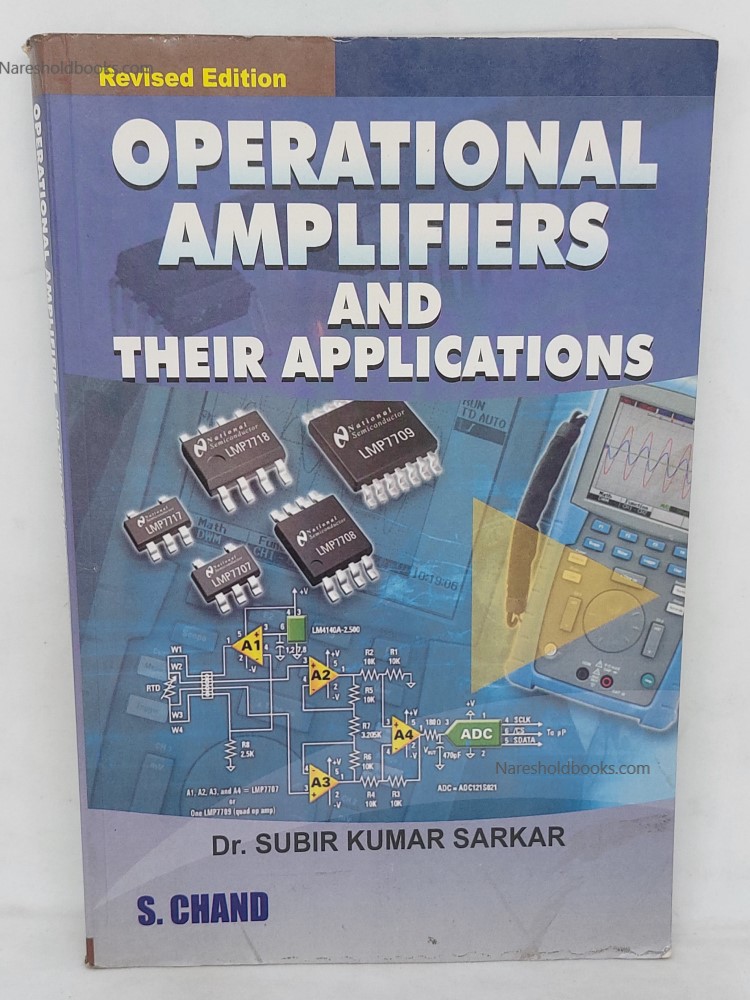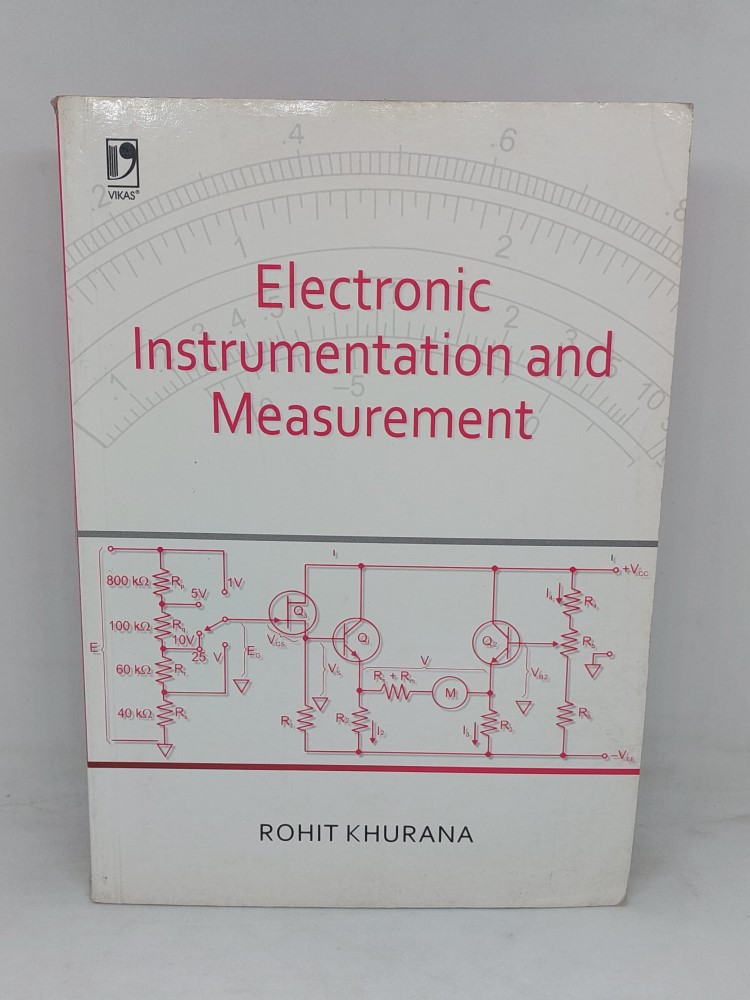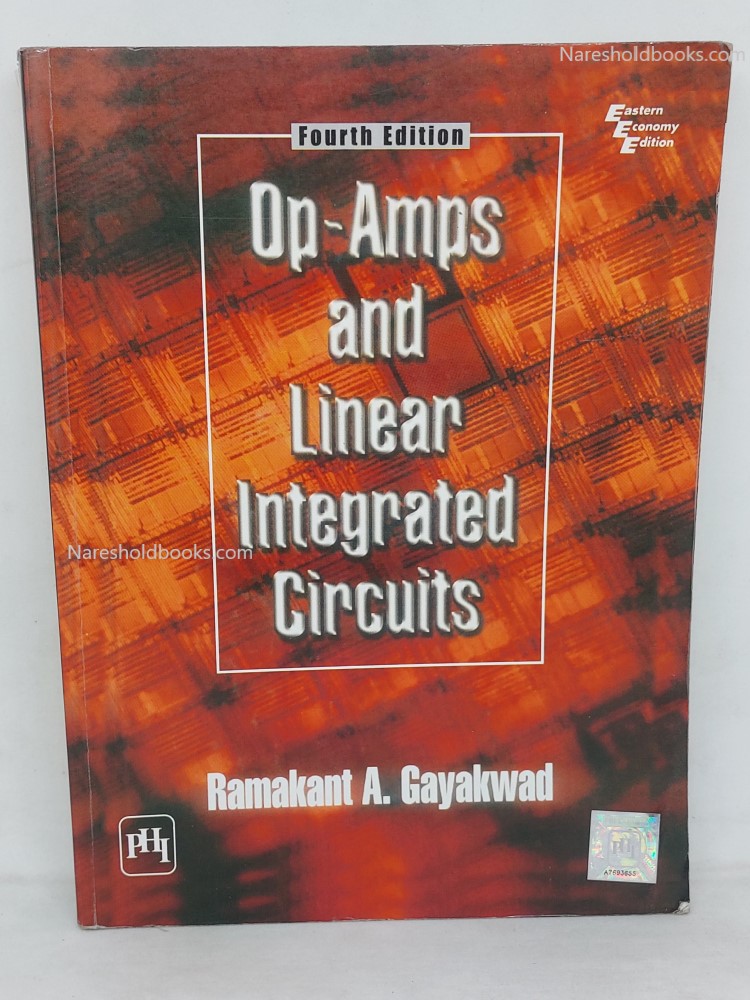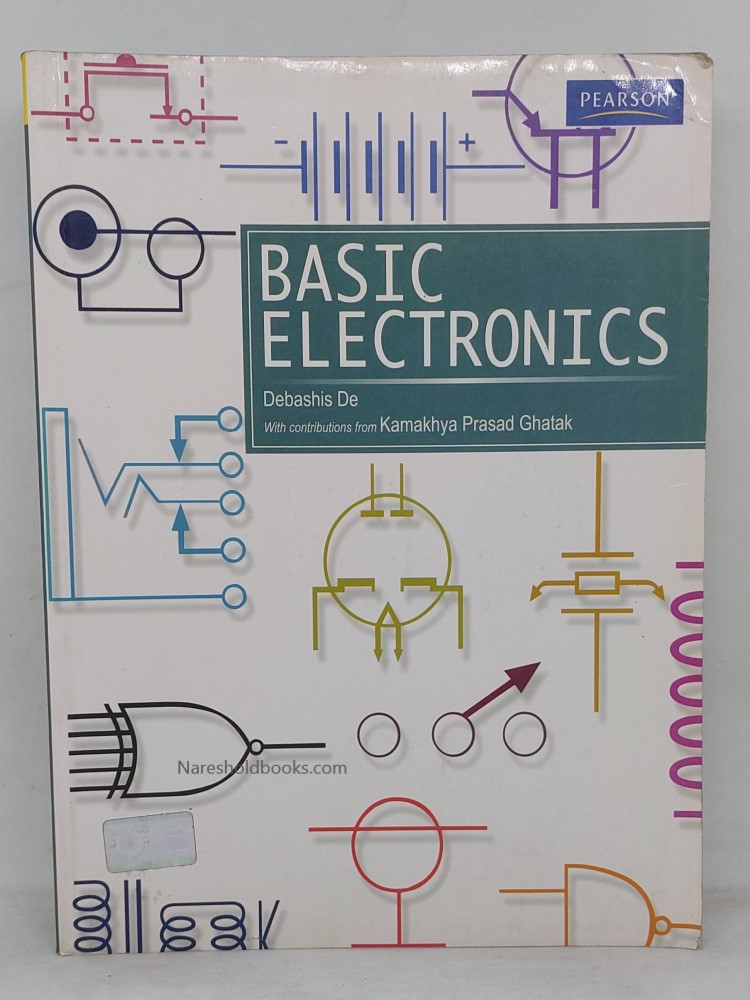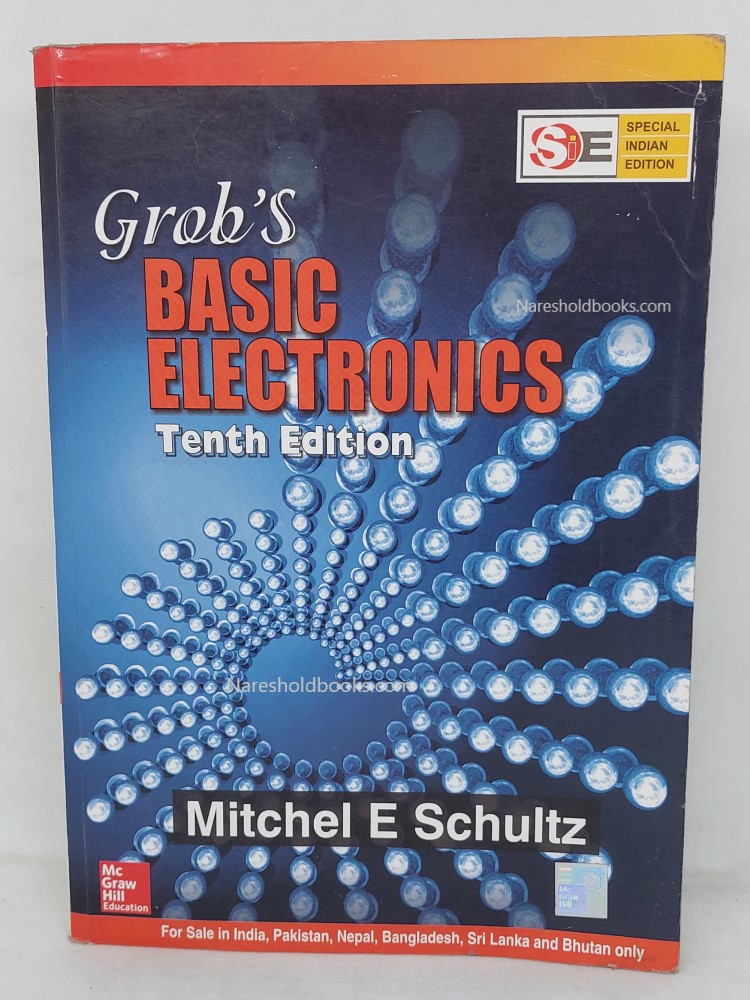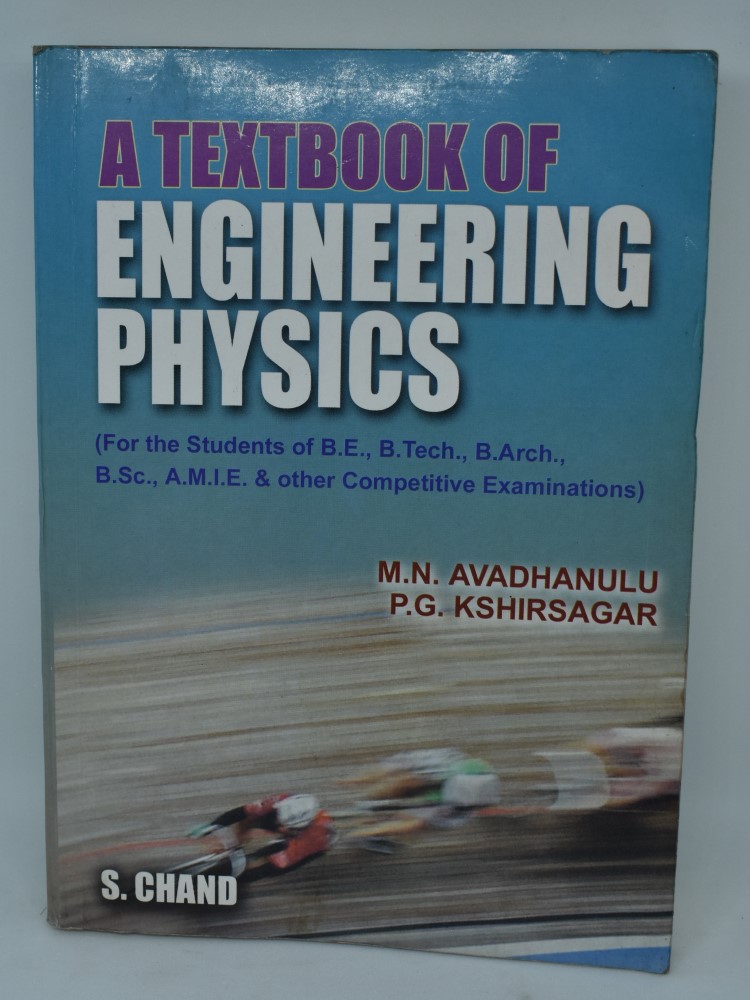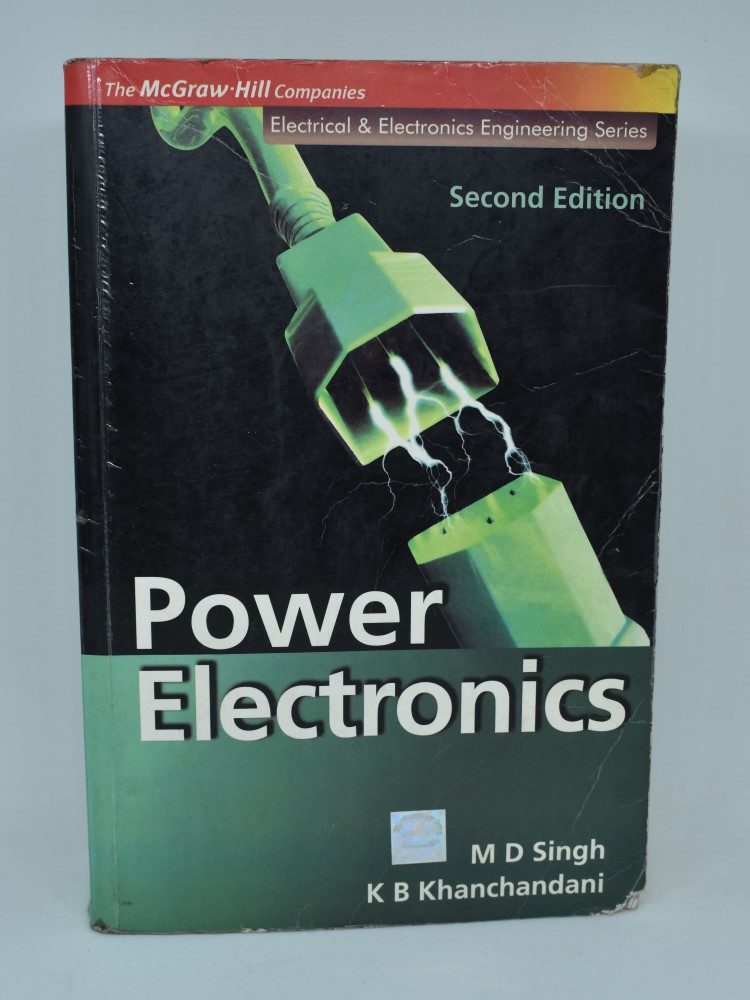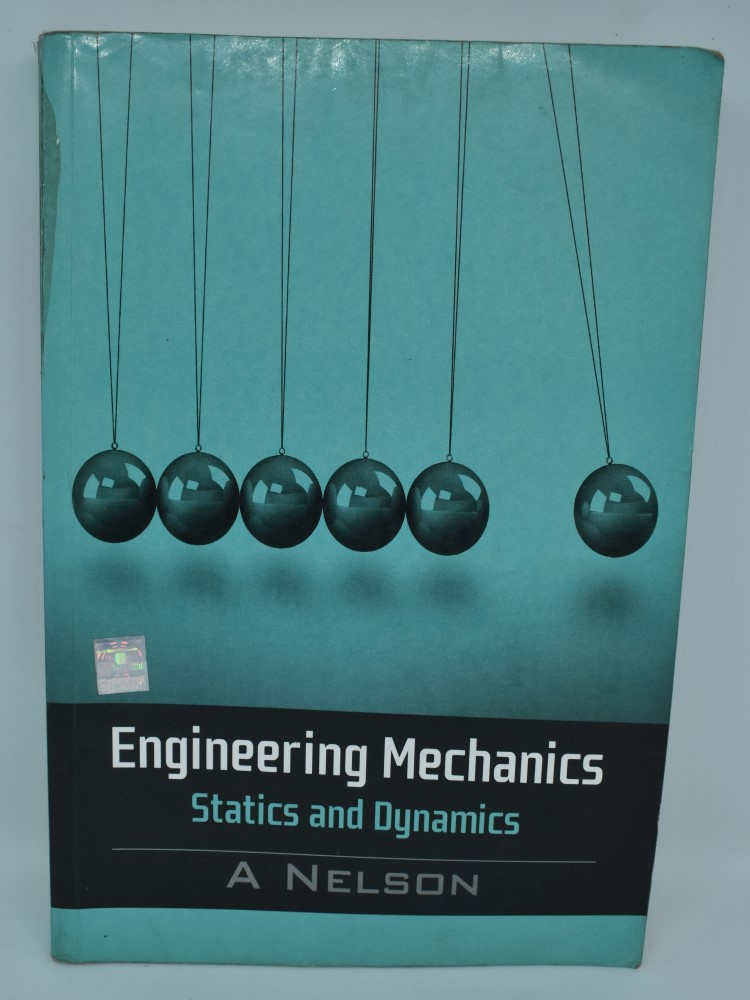Description
Preface to the First Edition
The first low-loss optic fibre was produced in 1970. Since then, the field of Fibre Optics, specially “Fibre Optic Communication Systems”, has developed very rapidly. This entirely new technology is increasingly replacing conventional wire-transmission lines. Renovative and innovative applications in various fields, e.g. servo-systems, transducers, guidance-systems, etc. are in store. Realising its fast growing importance, the subject has Lideram been introduced in the engineering syllabus in most of the Indian Universities.
The present book has been written, specially to meet the requirements of students, and is based on lectures given by the Author, at the Bengal Engineering College, Kolkata. It fully covers a two semester undergraduate course in ‘electronics and telecommunication engineering’, and ‘applied physics’. Parts of the book may also be used by the Post-graduate students of these subjects. Besides, it also serves as a reference book to the research scholars, and practicing design-engineers.
The book provides very systematic, clear and in logical sequence, description of various topics, in a very lucid and simple style, specially its mathematical approach and its interpretation. Starting with the fundamentals of ‘Fibre-optics’, the chief characteristics of various components in the chain have been explained in 20 chapters. To reinforce, numerical examples, both solved and unsolved, have been given at the end of each chapter. There are 75 Multiple-choice (objective) type questions, with Answers, to meet the trend of latest competitive Examinations. Under the Chapter ‘Special Applications’, designs of a few typical systems in use have been briefly discussed. Design-data and specifications etc. are given under Appendices in the form of 28 Tables. This is followed by a Glossary of Terms and Abbreviations used in the book, a Bibliography and the Index at the end. Thus the book is fully compact and complete in itself.
It is impossible to name and thank all those who have helped me, in one way or the other. However, some of them deserve special mention. They are Prof. D. Chattopadhya, Projesh, Bikash, Pranab, Prabir, Amlan, Joykrishna, and Saumya (all students of the Author), wife Smt. Bani Sarkar and sons Souvik and Surjadya. Lastly, thanks are due to the Publishers, M/s S. Chand & Company Ltd., New Delhi, its Managing Director, Shri. Rajendra Kumar Gupta or Director, Shri Ravindra Kumar Gupta, the Kolkata Branch Manager, Shri R.M. Nath, and other staff at the H.O., who took keen interest and care in the production of the book in such a fine format and that too in a record time. The author shall feel amply rewarded of his labor, if the present book proves useful to those for whom it is meant. No doubt, road to perfection leads to infinity, still there is always room for improvement. Any constructive criticism and suggestions for the improvement of the book will be acknowledged.



